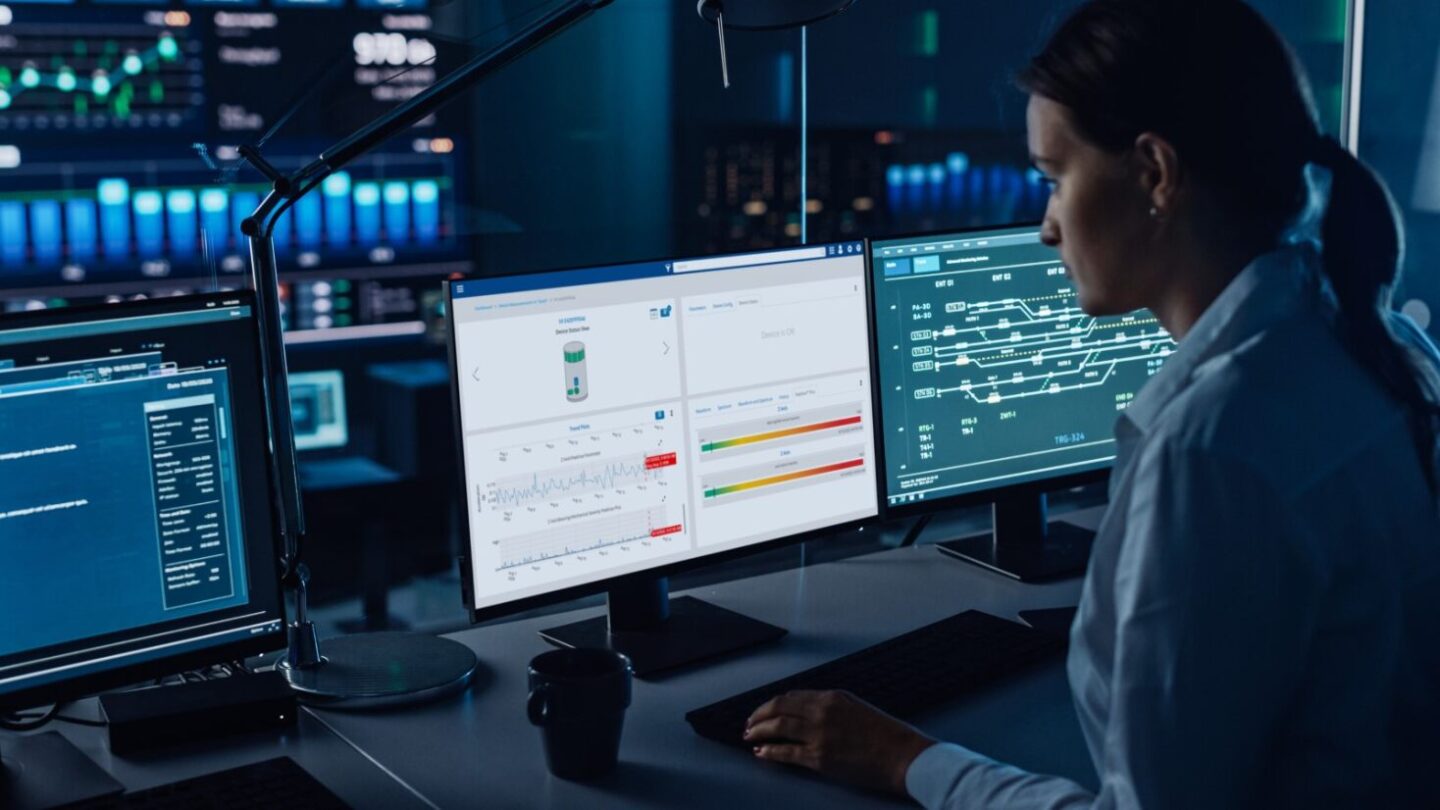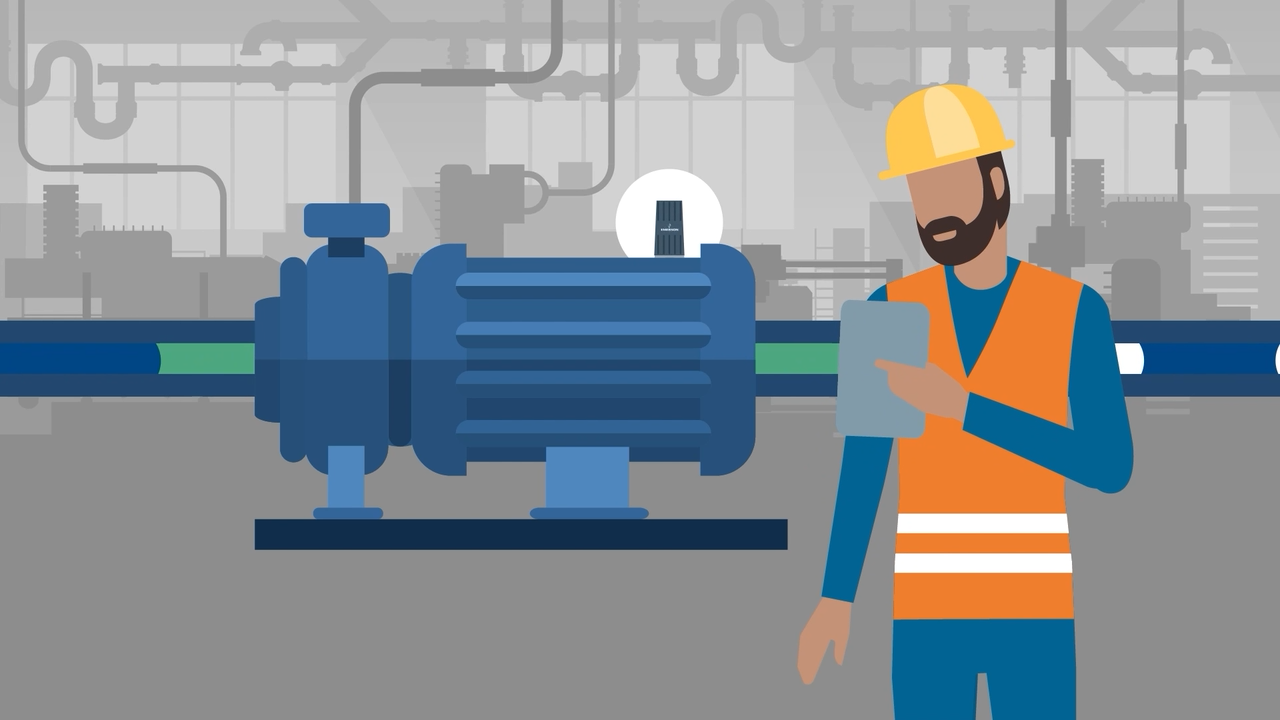
It is often said that the COVID-19 pandemic was one of the biggest catalysts of digital transformation in many process manufacturing organizations. Operations and maintenance teams that would never before have considered adding remote systems quickly discovered they were the only way to consolidate resources and keep facilities operational.
But, as Brian Dubaskas and Navin Rajashekar share in their recent Automation.com article, the real value of remote solutions—such as remote analytics—truly began to show when fewer personnel than expected returned to the workforce after the pandemic. Retirements and personnel shortages hit manufacturing sites hard. Most companies still have the people they need to monitor critical assets via online monitoring systems, but essential asset monitoring via manual rounds takes more time and more people. However, that doesn’t mean those essential assets can be left unwatched.
“Balance of plant assets—those that are important to efficient operation but not critical—still require monitoring. Highly efficient reliability teams recognize that just because an asset is less critical, it does not mean it can be allowed to run to failure. The earlier technicians detect problems with an asset, the lower the maintenance cost to fix it. For example, if a team sees a motor bearing beginning to fail and doesn’t act—or worse, is not aware of the flaw in the first place—they risk the entire motor failing, a coupling breaking, or a fire.”
To close this gap, many companies are turning to remote analysis, either in-house from a centralized location, or provided by Emerson’s Connected Services program. In their article, Brian and Navin share key strategies to driving an optimal remote analytics program.
Getting the right data
One of the most critical elements of a successful remote analytics program is starting with good data. Good data can be collected via manual rounds, but ensuring data is accurate and useful is even easier when using wireless condition monitoring.
“With wireless triaxial sensors, as long as the device is installed at the right location—typically as close to the bearing as possible—teams will know they are getting the right reading each time. In addition, wireless sensors ensure that readings are taken where they are needed without fail and ensure consistency of testing schedule. Regardless of how busy the staff is on a given day or who is out of the plant, the right data will come in at the right time.”
 Better results from better analysts
Better results from better analysts
Most of a plant’s problems will be common issues that nearly any analyst can identify and solve. However, while the most difficult problems are rarer, they also take up the most time. This is why companies should ensure they have access to some highly experienced analysts who can cut that time dramatically.
“Highly experienced personnel who have worked in multiple industries with multiple global customers will have seen many more unusual problems than other analysts. They will diagnose problems more quickly, and they will be far more qualified to help teams identify the severity of a problem and whether it needs to be fixed today, or can wait a month, or even a year, for a scheduled outage.”
Meaningful, customized reports
Plants should also ensure that whoever provides remote analytics—an internal remote team or an expert automation solution provider—can deliver solutions that meet the plant’s specific needs. The solution should be customizable, both in terms of cybersecurity and the equipment and technologies it can support.
Moreover, teams should receive reports that are both comprehensive, but also easy to understand. If the plant needs expert analysts on site just to understand the report, then a remote solution isn’t providing any value.
“Analytics reports should quickly and easily identify problems and draw focus to what needs to be done first. The best reports provide a simple “green, yellow, red” view of asset status to quickly show teams of any experience level how to prioritize their action. Assets in green are healthy and require no action. Yellow assets have developing problems that should be addressed when teams have availability. Red assets are experiencing critical failures and should be addressed immediately.”
Even more advice
Brian and Navin go into even more detail in their full article over at Automation.com. They share more ways to ensure teams are collecting and leveraging the best data through their remote analytics solutions and dig into the trend of AI in analysis. Be sure to head over there to learn more!
